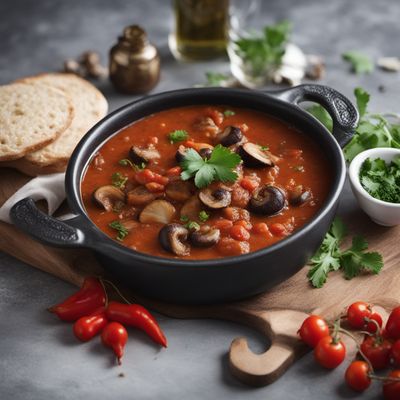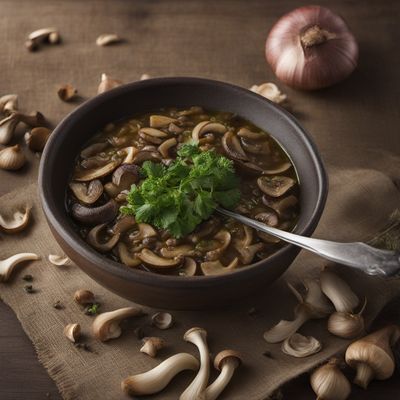
Ingredient
Pleurotus
The Versatile Oyster Mushroom
Pleurotus mushrooms are medium-sized mushrooms with a distinctive oyster-like shape and a delicate, slightly sweet flavor. They have a soft, velvety texture and come in various colors, including white, gray, and brown. Oyster mushrooms are widely used in cuisines around the world and are prized for their ability to absorb flavors from other ingredients.
Origins and history
Oyster mushrooms have a long history in culinary traditions, particularly in Asian cuisines. They have been cultivated for centuries and are highly regarded for their culinary and medicinal properties. Oyster mushrooms are known for their adaptability and can be found growing naturally in many regions. They are often used in stir-fries, soups, and pasta dishes.
Nutritional information
Oyster mushrooms are low in calories and fat, making them a healthy addition to meals. They are a good source of protein, fiber, and various vitamins and minerals, including potassium, phosphorus, and B vitamins. Oyster mushrooms also contain compounds that have been shown to have antioxidant and immune-boosting properties.
Allergens
There are no known allergens associated with oyster mushrooms.
How to select
When selecting oyster mushrooms, look for ones that are firm and have a fresh, clean appearance. Avoid mushrooms that are slimy, discolored, or have a strong odor. The caps should be intact and free from any blemishes or bruises. It's also important to choose mushrooms that are not too mature, as they can become tough and less flavorful.
Storage recommendations
To store oyster mushrooms, place them in a paper bag or a loosely covered container in the refrigerator. Avoid storing them in a plastic bag, as it can trap moisture and cause the mushrooms to spoil quickly. They can be kept fresh for up to a week, but it's best to use them as soon as possible for optimal flavor and texture.
How to produce
Oyster mushrooms can be grown at home using mushroom spawn and a suitable growing medium, such as straw or sawdust. The process involves creating a controlled environment with the right temperature, humidity, and light conditions. With proper care and attention, amateur growers can enjoy a fresh supply of oyster mushrooms.
Preparation tips
Oyster mushrooms can be prepared in a variety of ways, depending on personal preference and culinary traditions. They can be sautéed, stir-fried, grilled, or roasted to bring out their natural flavors. Oyster mushrooms are also commonly used in soups, stews, and pasta dishes. They pair well with various ingredients, such as garlic, thyme, soy sauce, and lemon juice. It's recommended to cook them briefly over high heat to retain their natural crunchiness.
Culinary uses
Oyster mushrooms are widely used in cuisines around the world. They are often featured in Asian dishes, such as stir-fries, hot pot dishes, and noodle soups. In Western cuisines, they are used in pasta dishes, risottos, and vegetable medleys. Oyster mushrooms can also be used as a meat substitute in vegetarian and vegan recipes.
Availability
Oyster mushrooms are cultivated and consumed in many regions around the world. They are commonly found in Asia, Europe, North America, and Australia. Some species of oyster mushrooms are also found growing naturally in forests and woodlands.




